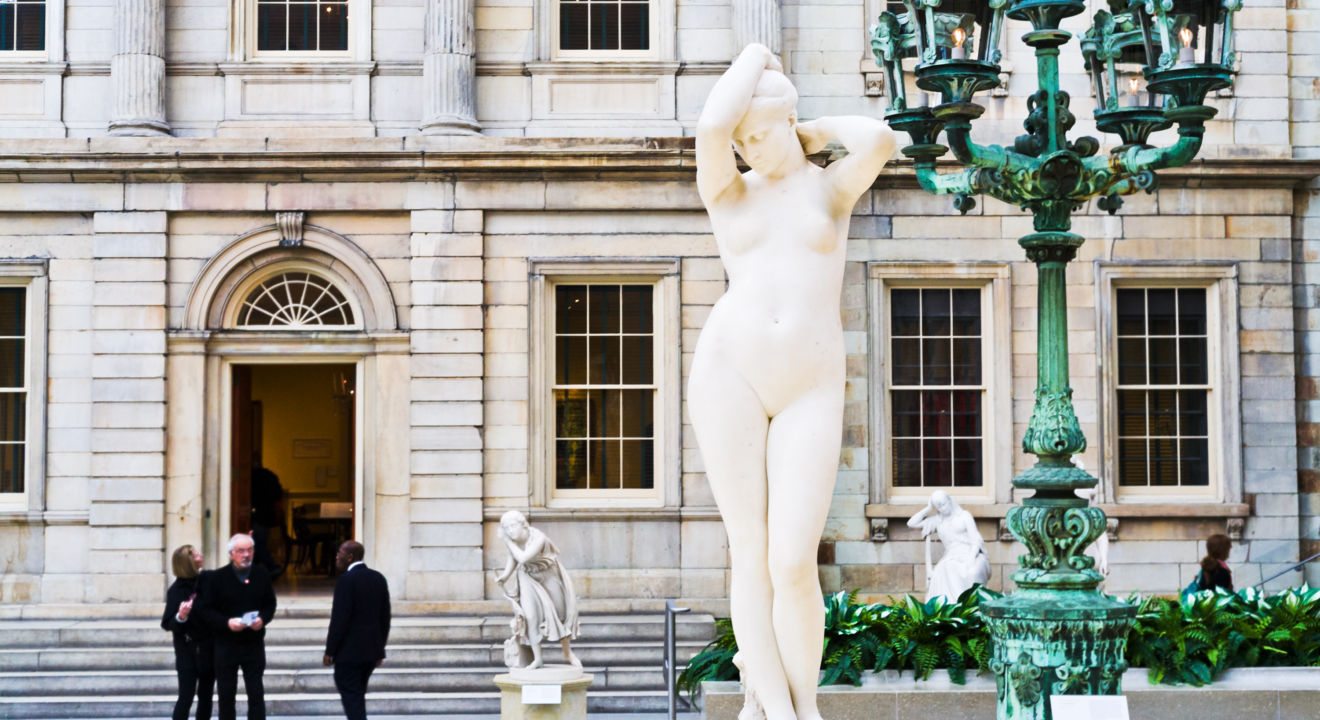Culture October 17, 2016


What is your favorite style of art? Maybe you like the mysterious smile of “Mona Lisa” or perhaps you prefer elegant paintings like “The Starry Night” by Vincent Van Gogh. Whether you’re an art addict or can barely remember the last time you went to a museum, no place can capture any man or woman’s attention like the Metropolitan Museum of Art.
This year, for the first time ever, the Metropolitan Museum of Art has opened its doors to its largest collection of modern and contemporary art to date with “a new series of exhibitions, performances, artist commissions, residencies, and educational initiatives.”
What exactly has been added to make the MET even more amazing? In early 2016, the MET Breuer opened as an additional space for modern and contemporary art. Its inaugural collections include “Unfinished: Thoughts Left Visible,” which features “more than five hundred years of art works, from the Renaissance to the present, which, for one reason or another, have been left in a state that could be considered incomplete,” according to The New Yorker.
READ MORE: Stripping Down the Nude Standard: Exploring Intentionality Behind Naked Shots
Notable artists featured in the collection include Titian, El Greco, Rembrandt, Manet, Van Gogh, Cézanne, Picasso, Pollack and Basquiat. If you’re the kind of woman who always leaves projects unfinished, not only can you relate to this exhibit, but you can also witness that value isn’t restricted just to finished pieces.
In fact, according to NPR, the unfinished paintings reveal the various motivations that drive artists to create … and cause them to stop. In particular, the MET’s diverse group of paintings were left unfinished for several reasons, including:
Most fascinating art exhibition I’ve seen @metbreur “Unfinished: Thoughts Left Visible” at The Met Breuer https://t.co/0wXxDKgx47 #NYC2016
— Michele Cairns (@MicheleCairns) August 26, 2016
I highly recommend Unfinished: Thoughts Left Visible at @metmuseum Breuer. Fascinating view into artist’s process pic.twitter.com/0URdnDgcrh
— Liz Banfield (@lizbanfield) July 31, 2016
Bottom line? If you’re looking for an art exhibit to trigger personal growth and inspire new views of what “art” can even entail, the MET Breuer is just the place for you.
At the same time as the exhibit raises questions about what constitutes “finished art,” it also celebrates diversity and cultural differences through minority artists. For instance, the Breuer will feature Indian artist Nasreen Mohamedi and photographer Diane Arbus (who is known for choosing marginalized people as her subjects). Perhaps one of the most inspiring artists being featured is Kerry James Marshall, whose paintings and sculptural creations “counter stereotypical representations of black people in society and reassert the place of the black figure within the canon of Western painting,” as explained by the museum.
READ MORE: Why Female Artists Should Bow Down to Trailblazing Sculptor Louise Nevelson
According to an article by The New York Times, “Contemporary art is more visible than it has been at any other time in the history of art.” This visibility means that it has become a billion dollar industry, attracting buyers and museum visitors like few other times in history. In fact, the rising popularity of contemporary art is a common theme in the 2015 Larry’s List report, which is a compilation of data about international art buyers. According to the report:
Perhaps this increase in the popularity of modern and contemporary art has inspired the Metropolitan Museum of Art to renew its investment in art from the last century. Whatever the incentive, this embracing of the old and the new within the Breuer shows that even the most rigid art institutions in the United States can evolve to keep up with the times.
READ MORE: Photo Series ‘The Atlas of Beauty’ Captures Women’s Diversity